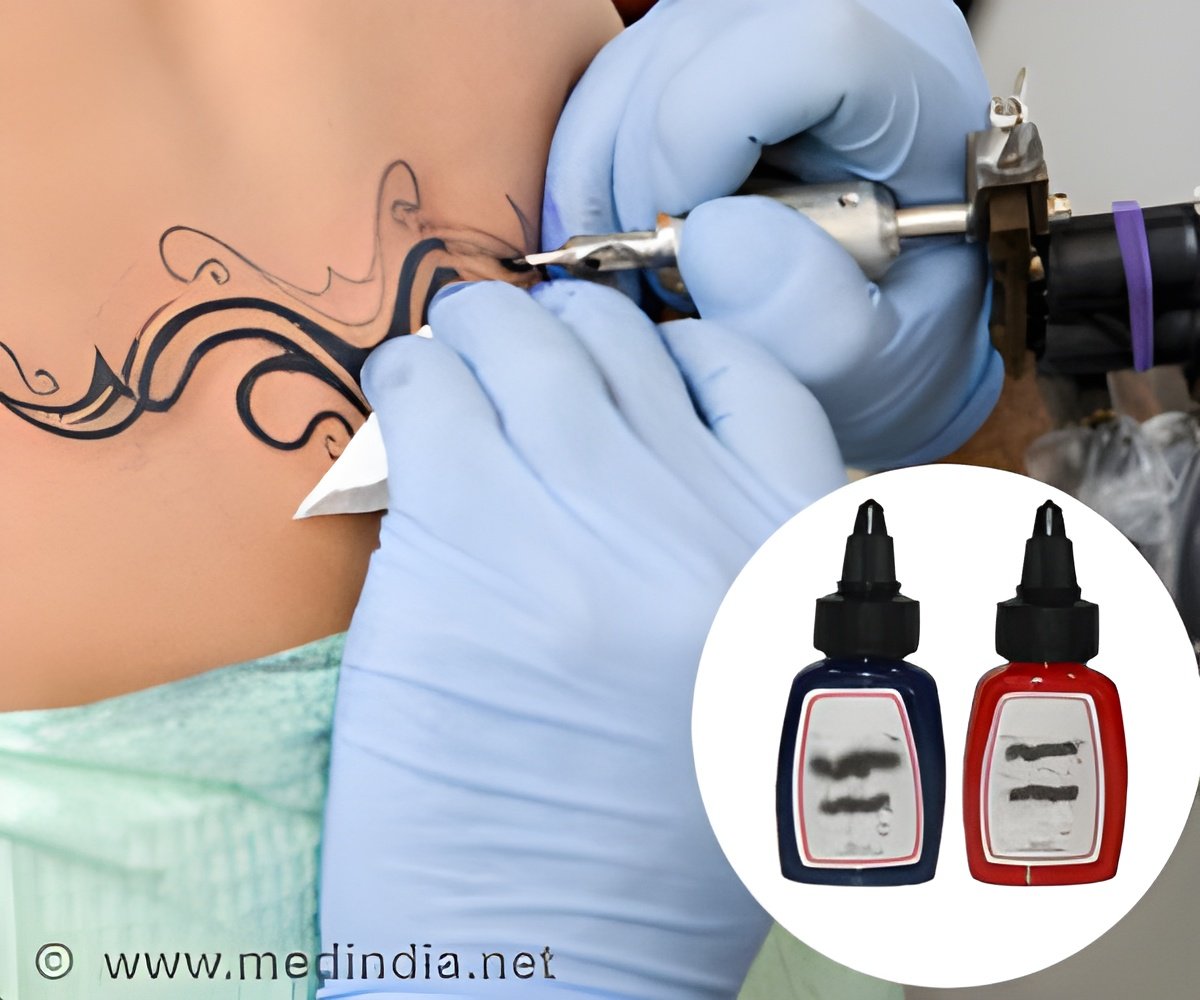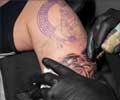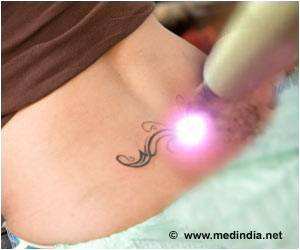An outburst of bacterial infection was noted in people undergoing tattoo practice. The premixed bottle of gray ink in the tattoo parlors were seen to be infected with Mycobacterium chelenae.

Experts claim that regardless of stringent adherence to cleanliness practices, a tattoo parlor in Rochester, N.Y. was the source of Mycobacterium chelonae outbreak affecting the skin and soft tissues.
Byron Kennedy MD, PhD, of the Monroe County Department of Public Health in Rochester, and colleagues, stated that the culprit was ‘a sealed batch of supposedly sterile premixed ink, direct from the manufacturer.’
Kennedy and his colleagues conducted a study that was published in the New England Journal of Medicine. Nineteen people were included in the study who developed a persistent, raised, erythematous rash in the skin above the tattoo within 3 weeks of the tattoo in the last 4 months of 2011.
“The bacteria were isolated from 14 of the 19 patients and also from an unopened bottle of premixed ink, suggesting the source was in the manufacturing chain. The ink's maker issued a voluntary recall of the product.”
The scientists observed that the condition of 18 patients out of the nineteen improved with antibiotic treatment.
Three confirmed and 24 possible cases of Mycobacterium abscessus infection, and two confirmed and two possible cases of M. chelonae infection, in separate clusters in Washington state.
The CDC report said that the M. chelonae were dissimilar to those found in New York. This shows that different inks were used for tattooing.
Kennedy and colleagues noted that the Rochester outbreak was strange for two important reasons:
Firstly, “M. chelonae, a rapidly growing form of nontuberculous mycobacteria, is an "uncommon" cause of skin infections..….. The pathogen has also only rarely been associated with tattoo-related infections.”
And secondly, “most cases of tattoo-related infection arise from unsanitary practices in the tattoo establishment, rather than premixed packages of ink.”
According to the researchers, the study findings highlighted an important fact that there is a possibility of underestimation of nontuberculous myobacterial infections with rising popularity of tattoo practice.
It has been suggested that tattoo parlors should take adequate safety measures regarding using sterile instruments, disposable and clean gloves, single-use containers and personal hygiene. The ink for tattooing should be used in sterile disposable containers.
Pamela LeBlanc, MPH, and her colleagues at the FDA's Center for Food Safety and Applied Nutrition in College Park, Md., mentioned that the case has "raised questions about the adequacy of prevention efforts implemented at the tattoo-parlor level alone."
Pamela LeBlanc et al wrote, “The agency is currently trying to define what measures should be taken to improve public health in regard to tattoos.”
Reference:
Outbreak of Mycobacterium chelonae Infection Associated with Tattoo Ink; Byron Kennedy et al; N Engl J Med 2012; 367:1020-1024
Source-Medindia
 MEDINDIA
MEDINDIA




 Email
Email





